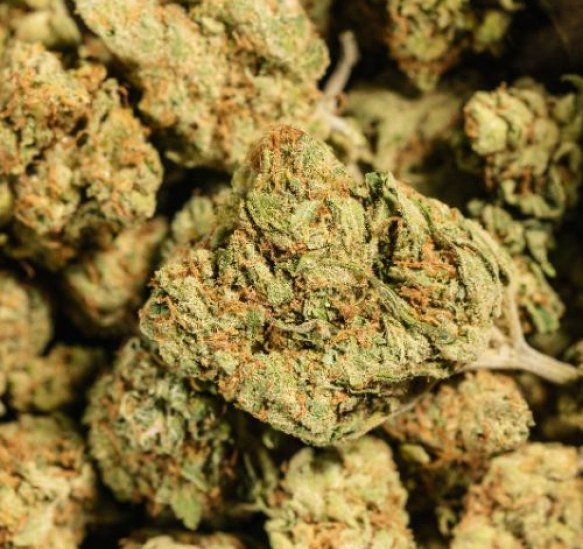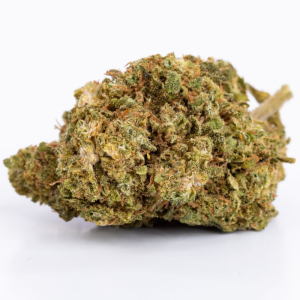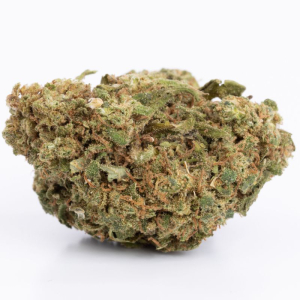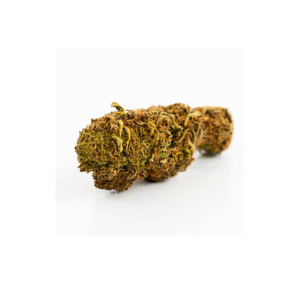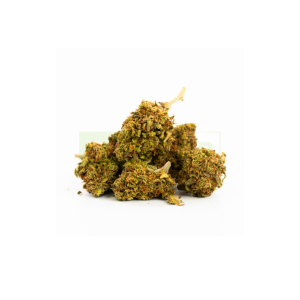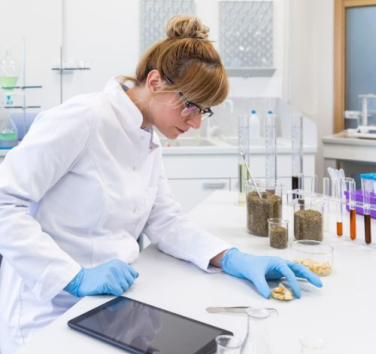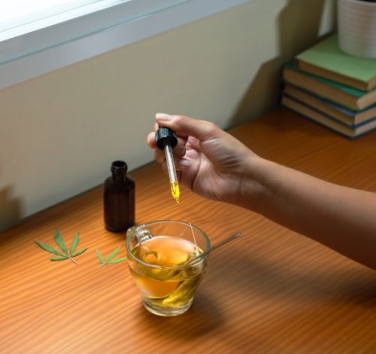CBD Buds: what exactly are we talking about?
In the context of legal hemp, the term “bud” simply refers to the flower, in this case here the cannabis flower full of CBD and almost devoid of THC (less than 0.3%, in accordance with the law in force in France).
CBD Buds: Cannabis L. Sativa or Cannabis Indica?
Like all hemp products marketed in France, CBD buds come from two genetic strains of the cannabis plant, each with specific properties:
- Cannabis Indica: CBD buds of this variety are generally more compact and bushier, with broad leaves. They are often associated with relaxing and sedative effects, making them the preferred choice for consumers who are stressed or suffer from sleep disorders, including insomnia;
- Cannabis L. Sativa: conversely, CBD buds from Sativa varieties are taller and more slender, with narrow leaves. Cannabis L. Sativa has more energizing and stimulating effects. These CBD buds will therefore boost concentration and creativity.
Certain CBD buds are hybrids and therefore combine the properties and virtues of these two strains of cannabis.
How are CBD buds grown?
CBD buds are grown in greenhouses and hydroponic facilities, where lighting, temperature, humidity and ventilation are carefully controlled to maximize CBD concentration while maintaining THC levels. very low.
During their growth phase, the plants benefit from 18 hours of light per day, then 12 hours during the flowering period.
The ideal temperature is between 21 and 26°C during flowering, while the humidity level is maintained between 50% and 60%. Obviously, good ventilation must be provided to avoid mold and ensure long-term growth of cannabis plants.
Moreover, growers often move towards organic farming practices and avoid the use of chemical pesticides and herbicides. They favor the use of organic compost, use mulches to retain humidity, practice crop rotation to maintain soil fertility and introduce natural predators, notably ladybugs, to combat pests.
CBD Buds: three consumption methods stand out
CBD buds are generally consumed by vaporization, but some users opt for more convenient modes of consumption. Let's see all this in detail:
- Vaporization: this method allows you to inhale CBD without the risks associated with combustion. The vaporizers heat the buds to a temperature of 160 - 180°C, which releases the cannabinoids and terpenes without burning the material;
- Infusions: CBD buds can be added to hot drinks, including tea, herbal teas and decoctions. To optimize the absorption of CBD, we recommend that you infuse them in the presence of a fat, such as milk or coconut oil;
- Food: you can also incorporate CBD buds into culinary preparations, whether desserts or everyday dishes, to season them. However, you must decarboxylate the CBD buds by heating them at 110°C for approximately 30 minutes before use.

